NICABM – Rethinking Trauma 2014 Part 2
$397 Original price was: $397.$52Current price is: $52.
Shopping Instructions:
- DISCOUNT 15% : SHOP15
- Product Delivery: Within 1 – 12 hours after purchase.
NICABM – Rethinking Trauma 2014 Part 2
Sale Page : -/-
Description:
National Institute for the Clinical Application of Behavioral Medicine Rethinking Trauma: The Right Interventions Can Make Trauma Treatments Faster and More Effective In just this past year alone, experts have discovered new methods for working with trauma’s pernicious symptoms. Their work .alone and collectively has provided us with so much more than we knew only a year ago.
Even as recently as five years ago, we didn’t understand that the lower brain could command the shutdown response, totally bypassing the prefrontal cortex, totally bypassing any sense of “choice.” And we didn’t understand how important the role of neuroception was to the process of feeling safe.
Or how we might calm the fear in a traumatized brain using neurofeedback.
Your patients’ nervous system may be making decisions
without their “permission.”
But now we have many more options to help our patients. Especially when we use what we now know about how trauma impacts the nervous system and the brain.
With the right adjustments, techniques that once fell flat can be honed to work more effectively with the symptoms of unresolved trauma.
Understanding the brain’s role can bring depth and power
to our interventions.
It allows us to resource our patients with skills to stabilize, ground, and short-circuit old patterns of reactivity. Then we’re better able to clear a way for the deeper work of healing.
Using what we are now learning can help our patients experience fewer symptoms, get better sleep, become more self-reflective and feel more confident.
It all begins in the body – especially the brain.
There’s nothing like the confidence, energy, and deep satisfaction of seeing clients make progress.
Imagine your client pausing in a moment of reactivity and calling on the repertoire of skills you taught them for self-soothing, developing greater stability and resilience – not just in your office, but during the rest of their week as well.
Imagine them feeling safe, with a sense of agency and even self-esteem.
When our interventions succeed, it’s a huge boost to confidence – not just for us, but for our clients, too.
As a practitioner, it’s hard to beat the gratification of seeing a client’s life opening back up.
We feel less burnt out and drained, and feel the joy of the profoundly rewarding work we do.
New techniques, like limbic system therapy, neurofeedback, and other brain and body-oriented approaches that include a polyvagal perspective . . .
. . . could be the key to providing more targeted treatments to help trauma patients manage dissociation, reactivity, and instability.
That’s why the best practitioners invest in
their professional development.
We’ve put together a new webinar series to bring you leading-edge methods for treating trauma straight from the pioneers in the field.
http://www.nicabm.com/treatingtrauma2014/info/
Part 2
Daniel Siegel, MD
The Neurobiology of Trauma Treatment: How Brain Science Can Lead to More Targeted Interventions for Patients Healing from Trauma
Peter Levine, PhD
Getting to the Root of Trauma: Why It’s Critical to Understand the Role of Memory in Trauma Therapy
Richard Schwartz, PhD
Working with a Client’s Inner Systems to Heal Trauma and Develop Greater Calm and Compassion
David Grand, PhD
Brainspotting: An Evolving, Healing Science for Trauma Therapy
Laurel Parnell, PhD
How to Help Trauma Patients Establish a Sense of Safety and Repair Attachment Using EMDR
Ruth Lanius MD, PhD
How Neuroscience Can Give Us a Clearer Picture of Trauma Treatment: Working with the Effects of Early Life Trauma and PTSD on the Brain
Health and Medical course
More information about Medical:
Medicine is the science and practice of establishing the diagnosis, prognosis, treatment, and prevention of disease.
Medicine encompasses a variety of health care practices evolved to maintain and restore health by the prevention and treatment of illness.
Contemporary medicine applies biomedical sciences, biomedical research, genetics, and medical technology to diagnose, treat, and prevent injury and disease,
typically through pharmaceuticals or surgery, but also through therapies as diverse as psychotherapy, external splints and traction, medical devices, biologics, and ionizing radiation, amongst others.
Medicine has been around for thousands of years, during most of which it was an art (an area of skill and knowledge) frequently having connections to the religious and
philosophical beliefs of local culture. For example, a medicine man would apply herbs and say prayers for healing, or an ancient philosopher and physician would apply bloodletting according to the theories of humorism.
In recent centuries, since the advent of modern science, most medicine has become a combination of art and science (both basic and applied, under the umbrella of medical science).
While stitching technique for sutures is an art learned through practice, the knowledge of what happens at the cellular and molecular level in the tissues being stitched arises through science.
Please kindly contact us if you need proof of item.
Find out more Personal Development Courses at here !!!
1 review for NICABM – Rethinking Trauma 2014 Part 2
Add a review Cancel reply
Related products
Seduction & Love
Personal Development
Personal Development
Personal Development
Personal Development
Personal Development
HEALTH & MEDICAL
Gaia—Creating-High-Voltage-Health-with-Glenn-Streeter-Open-Minds
HEALTH & MEDICAL
CC11 Workshop 06 – Magical Moments in Couples Therapy – Jette Simon


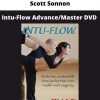
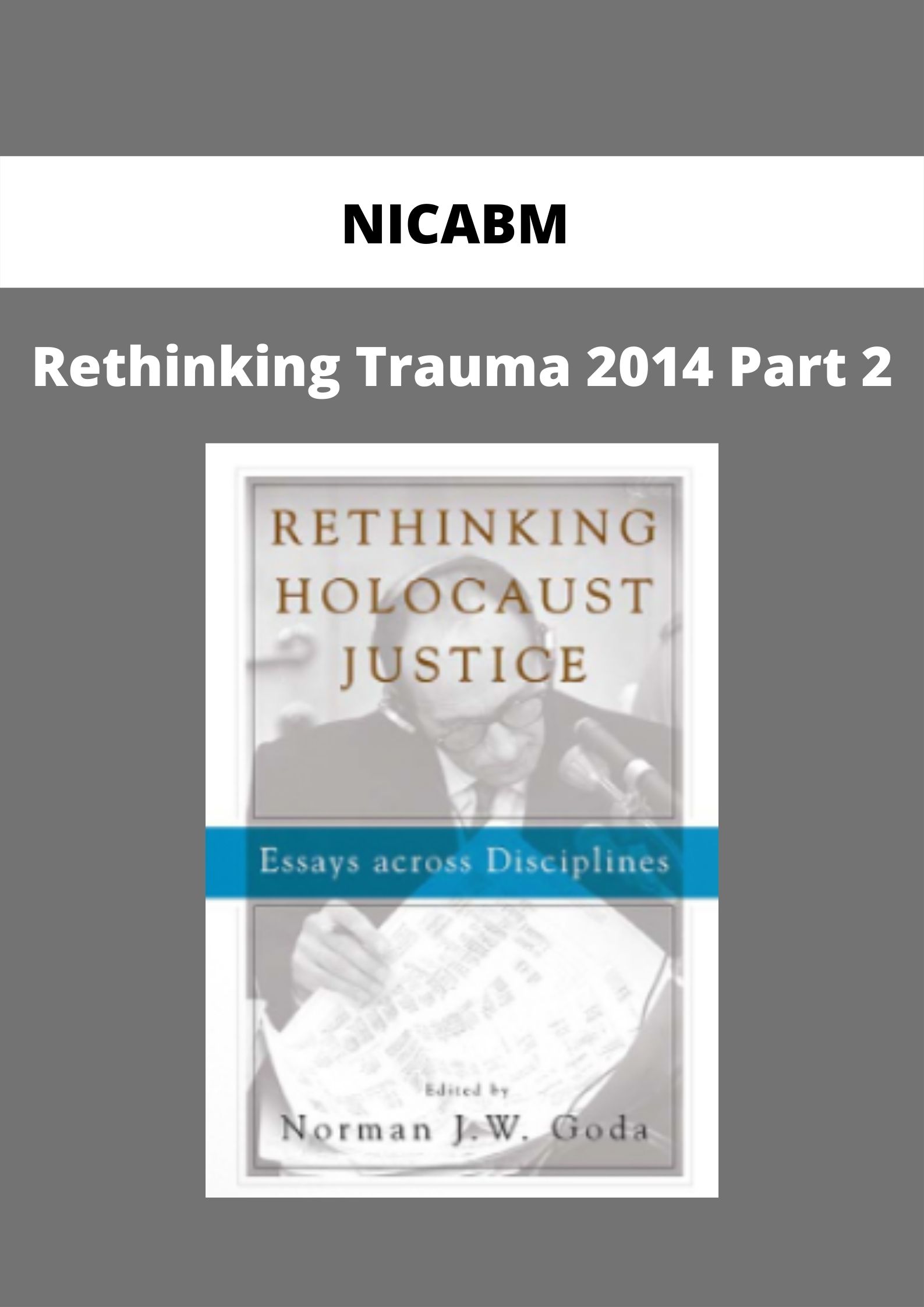
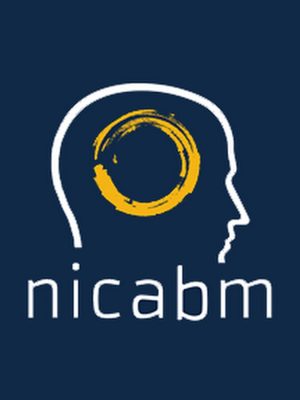
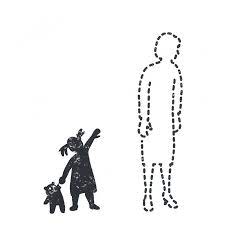

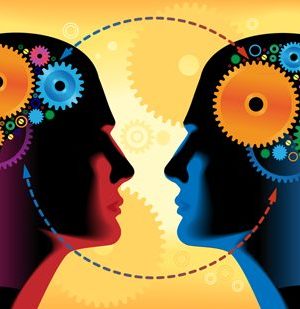


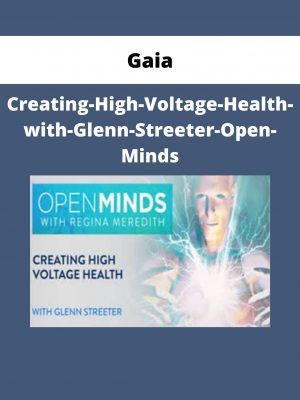
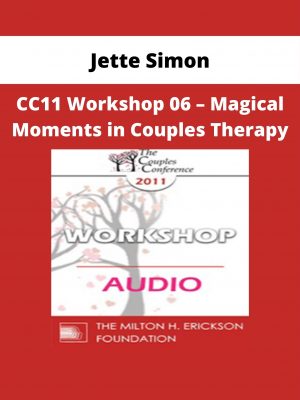
Einar Armstrong –
Great product. I suggest listening to these many times because they have been well worth the investment. The counter tactics the author suggests, are questionable because they are contrary to win/win. Otherwise they are well worth the investment if you ar